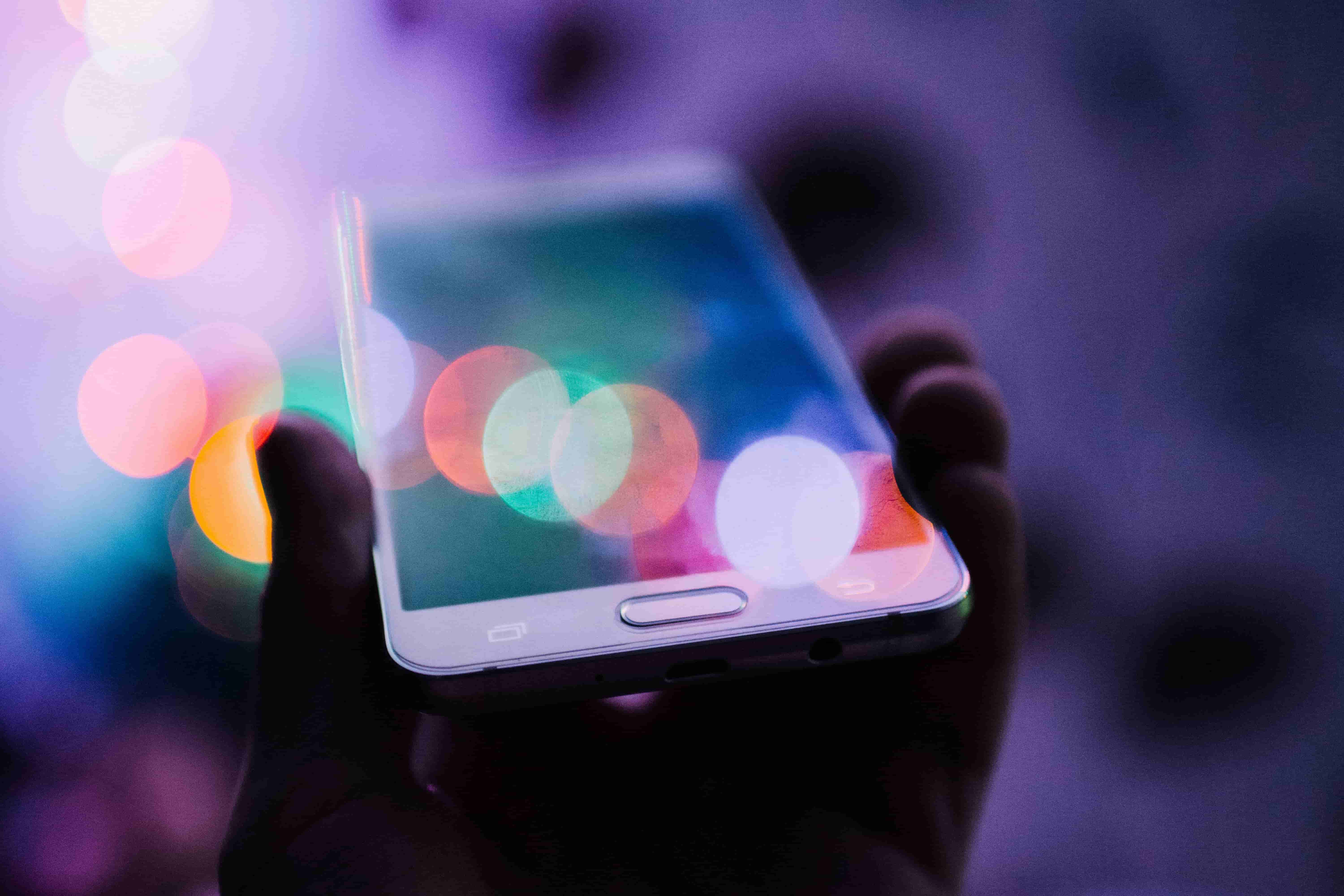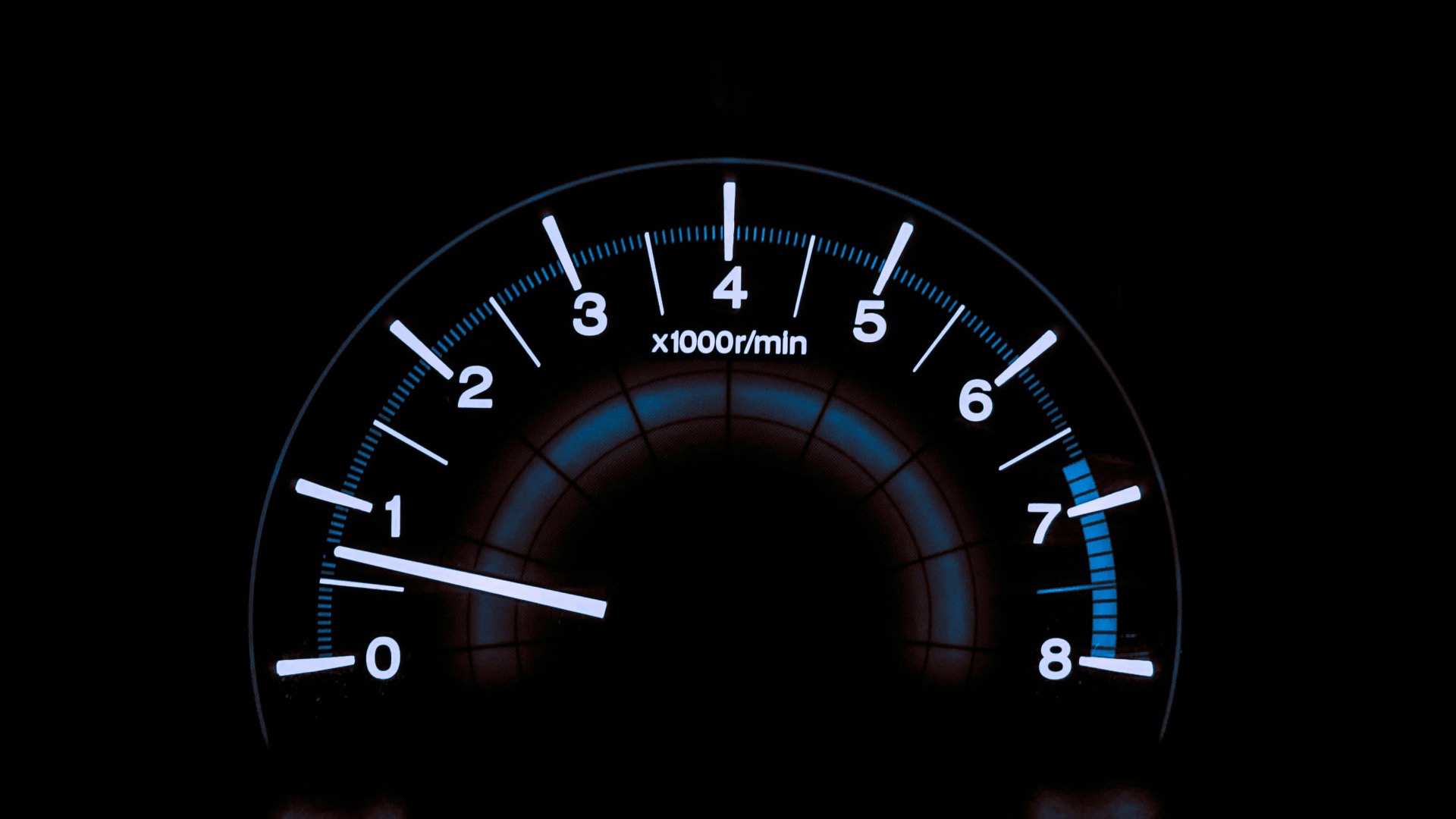Did you know your smartphone could be helping scientists study space? A recent study shows how millions of Android smartphones are being used to map the ionosphere - a layer of charged particles high above Earth. The ionosphere affects things like GPS and satellite signals, and changes in this layer can cause disruptions to navigation and communication systems. By using data from everyday phones, researchers are creating a better picture of this important part of our atmosphere.
What Is the Ionosphere and Why Does It Matter?
The ionosphere is a region of the atmosphere that stretches from 50 to 1,500 kilometers above Earth. It’s filled with charged particles that interact with solar energy, creating conditions that can affect radio signals and satellite systems. Events like solar storms can cause big changes in the ionosphere, leading to GPS errors and communication issues.
Traditionally, scientists have relied on specialized equipment to monitor the ionosphere, but these systems don’t cover every part of the world. This is where smartphones come in - there are billions of them, and many are equipped with GPS receivers that can measure changes in signals caused by the ionosphere.
How Smartphones Help Map the Ionosphere
Modern smartphones with GPS technology can detect tiny delays in satellite signals as they pass through the ionosphere. These delays are caused by the charged particles in the layer, and scientists use them to measure the ionosphere’s total electron content (TEC). By gathering data from millions of phones worldwide, researchers can fill in the gaps left by traditional monitoring systems.
For example, the study used data from smartphones to identify “plasma bubbles,” areas of low electron density, in parts of the world where monitoring stations are scarce, like South America and India. They also detected disturbances caused by solar storms over North America, which can disrupt navigation and communication systems.
Making GPS More Accurate
One big benefit of this research is improving GPS accuracy. Changes in the ionosphere can make GPS systems less reliable, but real-time data from smartphones can help correct these errors. This is especially important in parts of Africa and South Asia. The result? More reliable GPS for things like driving directions, disaster response, and even precision farming.
A Big Step for Citizen Science
This study shows the incredible potential of using everyday devices for science. By combining data from millions of smartphones, researchers are getting a clearer picture of Earth’s ionosphere than ever before. It’s a reminder that even the device in your pocket can contribute to important scientific discoveries. This research opens the door to new ways of studying our planet and protecting the systems we rely on every day.


